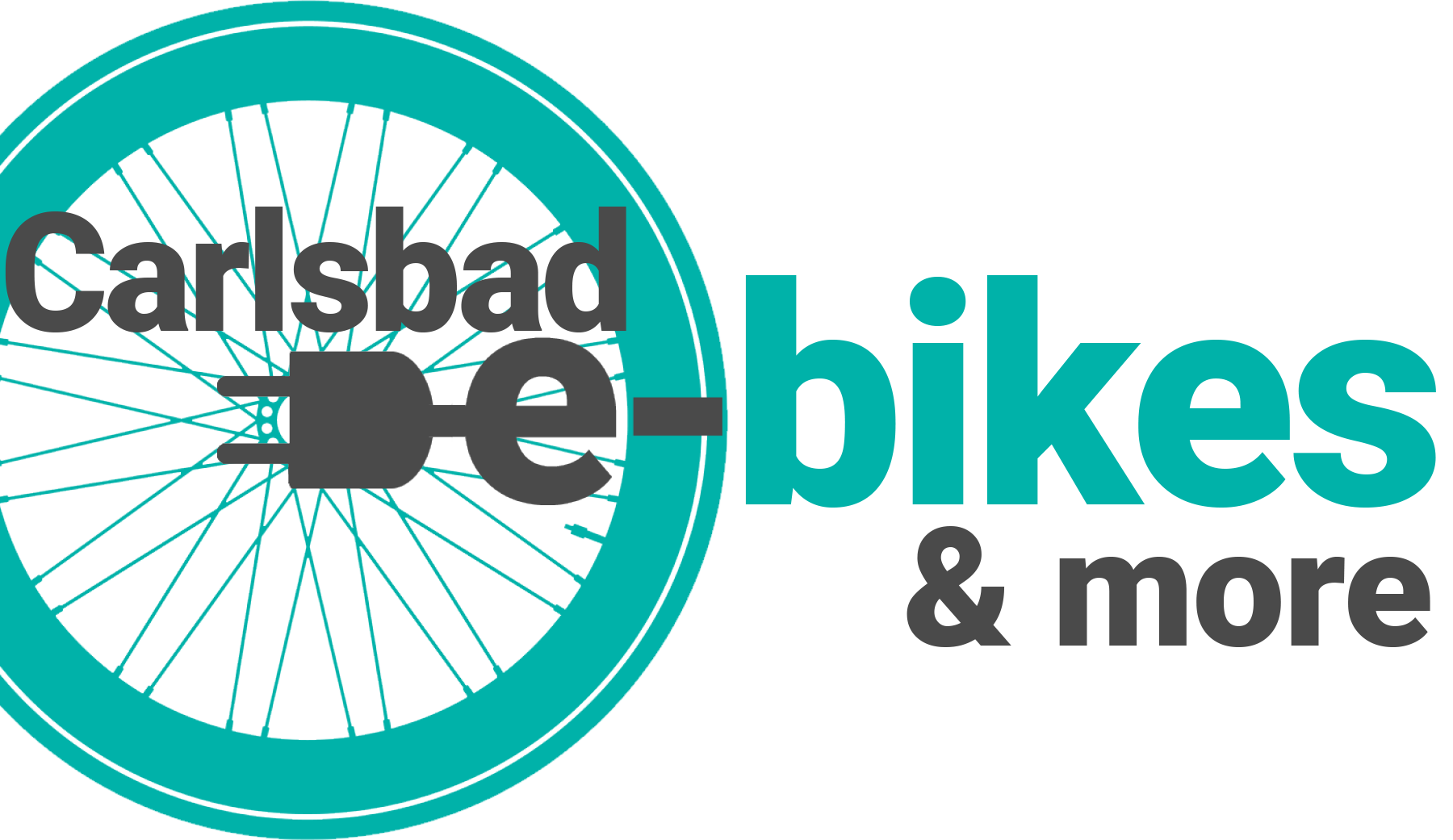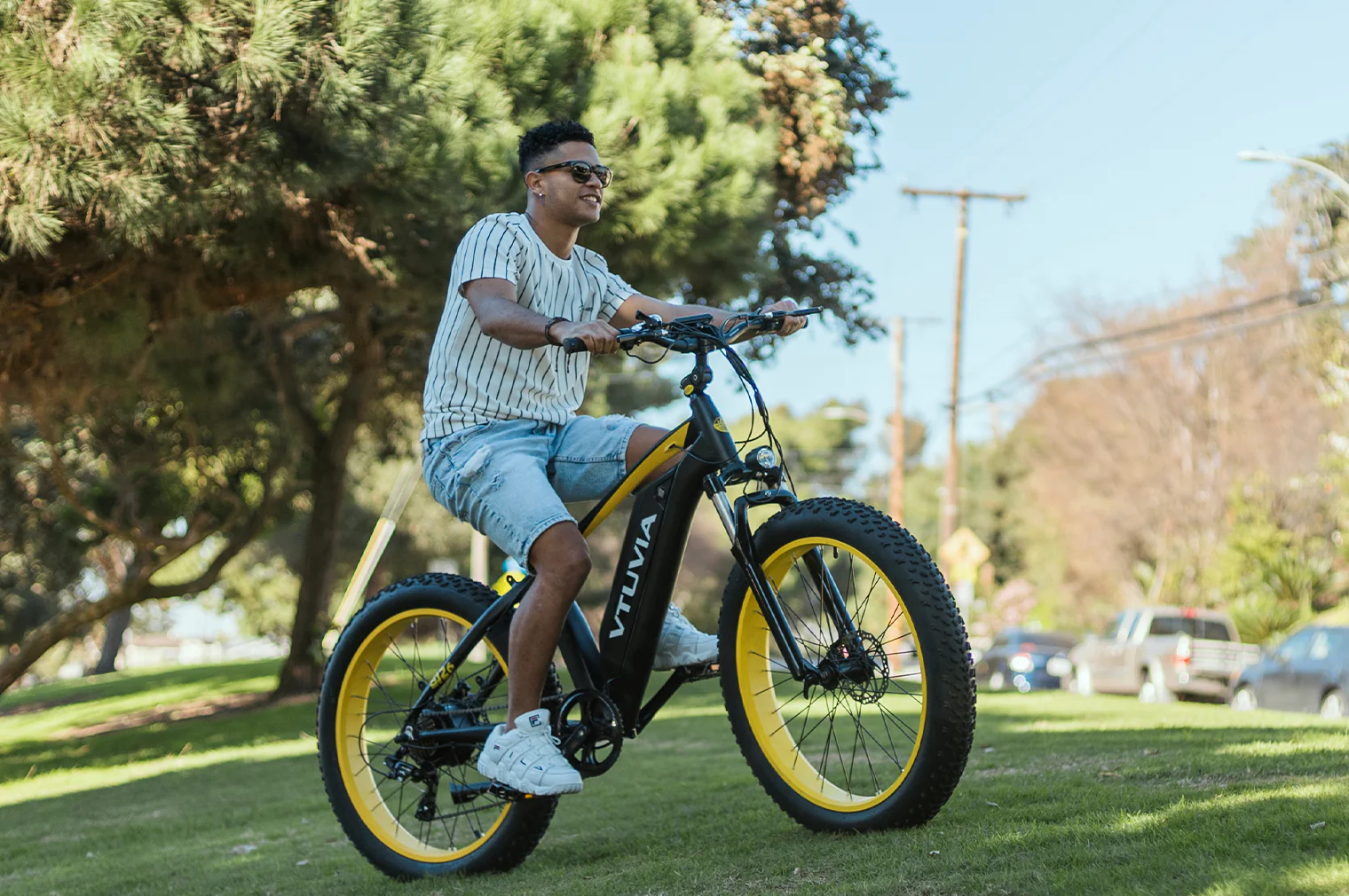How Electric Assist Systems Work
We are often asked how the electric (or power) assist works on an e-bike, and we’re happy to explain…
At the heart of e-bike systems are three main components: the motor, the battery, and the controller. Each of these components has a specific job in getting your bike to move.
Let’s see what each of these systems do and how they work together.
The Motor
The motor is what provides propulsion assistance, allowing you to pedal with less effort or even without pedaling at all. These motors are typically located in the hub of the wheel or integrated into the bike’s frame, with varying power outputs and efficiency levels depending on the model and manufacturer.
The Battery
The battery serves as the power source for the motor. It stores electrical energy that is converted into mechanical energy to drive the bike forward. Lithium-ion batteries are commonly used in e-bikes because of their high energy density, lightweight construction, and long lifespan.
The capacity of the battery, measured in watt-hours (Wh), determines the range and duration of assistance that the e-bike can provide on a single charge.
Common battery capacities range from around 300Wh to 700Wh. On average, this gives you a range of 20 to 70 miles on a single charge.
It’s important to note that range estimates provided by manufacturers are often based on ideal conditions and may vary in real-world scenarios. Things that impact your range and duration include speed, wind, the weight of the rider plus any cargo, pace, terrain, how you accelerate, and more. You can maximize the range of your e-bike by using lower levels of assistance, maintaining a steady pace, and keeping the battery charged and well-maintained.
Advanced battery management systems ensure optimal battery performance and safety, regulating voltage and temperature to prevent both overheating and overcharging.
The Controller
The controller acts as the brain of the electric assist system, governing the interaction between the motor, battery, and your input as the rider. It processes data from sensors like cadence, torque, and speed to deliver smooth and responsive assistance based on your preferences and riding conditions. You can often adjust the level of assistance or choose from different riding modes using controls mounted on the handlebars or via a mobile app connected to the e-bike’s onboard computer.
Throttle Power
Some e-bikes also feature throttle power, which allows you to control the speed of the bike without pedaling. Throttle power is particularly useful when you need an extra boost, such as accelerating from a stop or climbing steep hills. You can engage the throttle with a simple twist or push of a button, providing instant power on demand.
Throttle power can enhance the versatility and accessibility of e-bikes, making them suitable for a wide range of riders, including people with mobility issues or limited physical strength
And that’s how your e-bike works!
Overall, the technology behind e-bikes’ electric assist systems has evolved rapidly, with new features appearing to improve the charging speed, range, and duration of the charge.
E-bikes really do help you go further for longer periods of time vs. a traditional pedal bike… But don’t say that to the bike teams crowd-the coast on a Saturday morning. They prefer to pedal.
Got Questions?
If you want to know more about how your e-bike works, or if you want to compare different e-bike models and their power, come in and see us. We’re happy to help you find the best e-bike for your needs.



